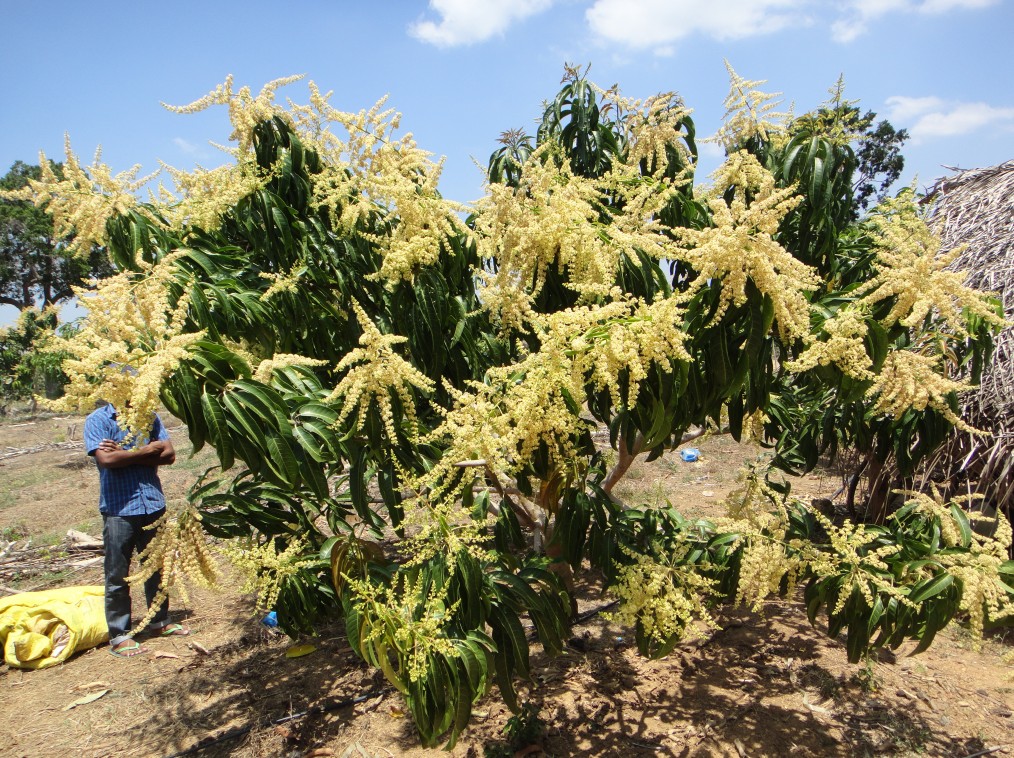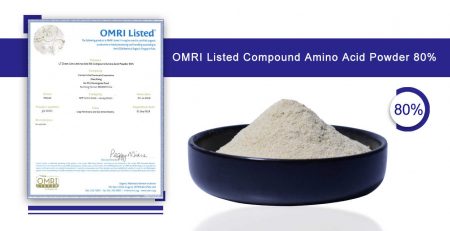Common reasons: The non-flowering of mango trees is related to partial application of nitrogen fertilizer, excessive vegetative growth, and warm and humid weather in winter.
-
Nutrient regulation
- Spraying potassium nitrate spraying potassium nitrate can make the tree bloom and bear fruit several months in advance, making the trees with prosperous branches blooming without fruit. In production, spraying 1% to 2% potassium nitrate solution on the basis of other inhibitors has a more obvious flower promoting effect.
- Reasonable fertilizationThe use of fertilization to regulate the growth and development of mangoes is one of the important methods for controlling shoots and promoting flowers. Unreasonable fertilization will directly affect the number and quality of mango trees’ flowering, and even affect the fruit setting rate and young fruit development. If too much nitrogen is applied, the branches will flourish and the plants will be difficult to flower. Too little fertilization will weaken the growth and cause early flowering and early fall. For mangoes to bloom and bear fruit every year, quick-acting fertilizers should be applied after the fruit is picked to restore the tree vigor and promote early growth and robustness of new shoots. When fertilizing, do not over-fertilize, and the amount of fertilization is such that the tree can shoot twice normally. After blooming and entering the young fruit development period, slow-acting organic fertilizers should be used as the mainstay, and quick-acting chemical fertilizers, especially nitrogen fertilizers, should be used as little as possible, so as to avoid a large number of summer shoots and cause fruit drop.
-
Physical adjustment
- The girdling of young trees is done on the main trunk, while the adult trees can be done on the main branch. After the last autumn shoots are mature, use a fruit knife to make two circular cuts on the branches with a distance of 4 mm to 5 mm, reaching the xylem, and remove the cortex. In recent years, the spiral girdling method has also been used in some production areas, with a stripping width of 4 mm to 5 mm, a spiral stripping of 1.5 turns, and a pitch of 10 cm. Spiral girdling treatment because the peeling mouthis not closed and will not completely interrupt the organic nutrient supply of the root system, so the plant’s response is relatively mild, and generally there will be no severe yellowing or shedding of leaves. In order to alleviate the inhibitory effects of girdling and spiral girdling, the branch with the lowest branch position can be left unstripped and allowed to grow roots. After peeling, cut the cut to prevent the invasion of pathogens, and the wound can be coated with 30% copper oxychloride 200 times solution or Bordeaux slurry. Although the flower promoting effect of girding is good, it causes serious gum flow. Girdling is suitable for vigorous varieties or plants. It is best not to use this method to promote flowers in production.
- Tie the iron wire After the autumn shoots have matured, tie the main branch with 16-18 size iron wire for 1 to 2 times, and tighten the iron wire until the bark is slightly sunken, and then the iron wire is untied when the flower buds appear.
- Deep pruning and cutting of roots Combine organic fertilizers in China from late November to early December. The whole garden has deep pruning and cutting roots, with a depth of 20 cm to 30 cm, which promotes the stop of aging of the branches, enhances the accumulation of nutrients, and facilitates the differentiation of flower buds.
- Removal of winter shoots In case of warm and wet winter, the plants tend to shoot out winter shoots. It should be removed as soon as possible, and sprayed with ethephon or paclobutrazol once before the severe cold.
- Link of our high quality paclobutrzol: http://www.littochem.com/products/paclobutrazol-2/




